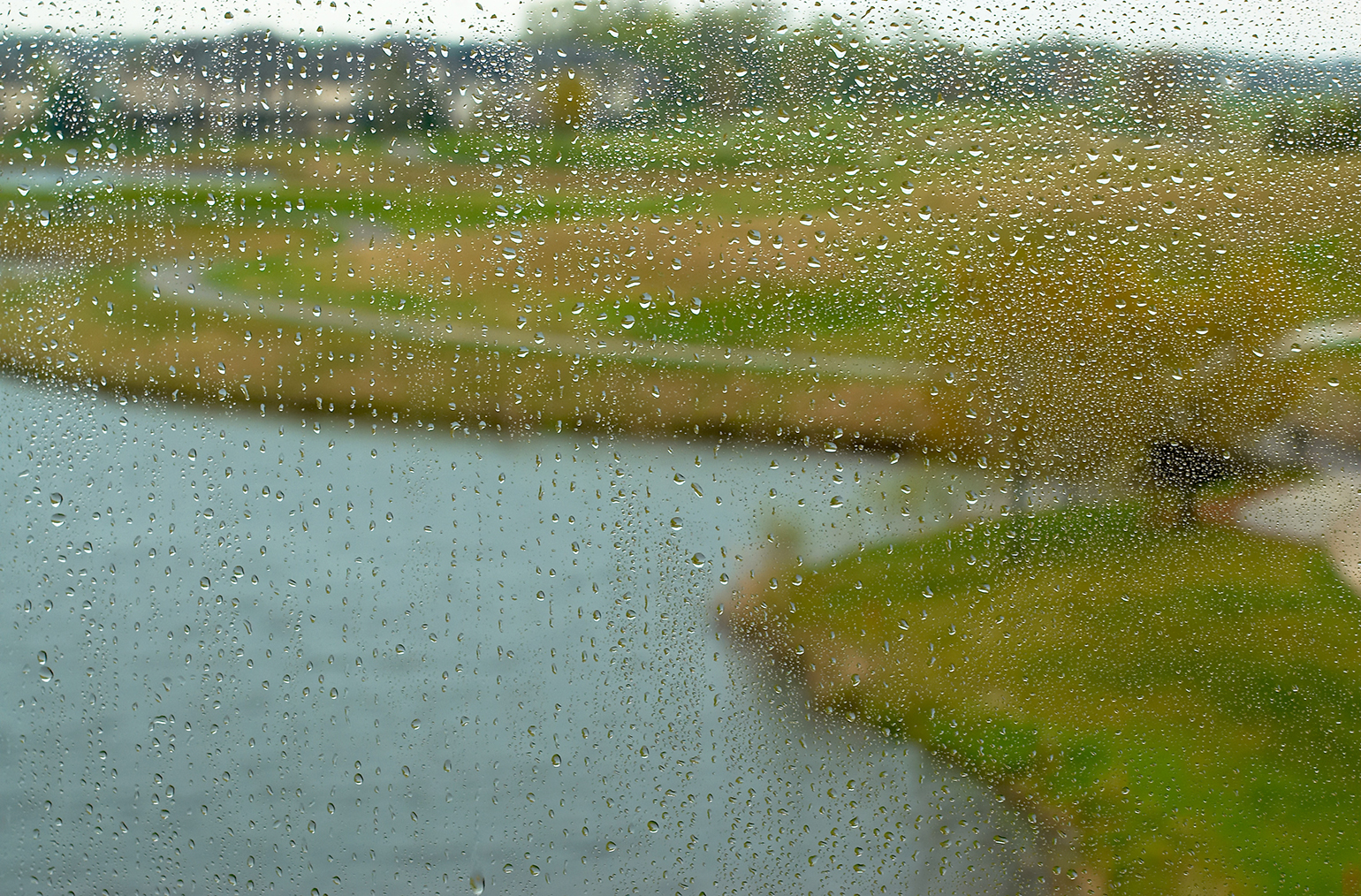
Proper inputs will help plants recover from excessive moisture.
Heavy Rains and Flooding Can Lead To Plant Disease and Loss
Posted in General by Curtis Williams
By DALE MILLER, AmeriTurf Agronomist
As people look toward the end of the damage from Hurricane Harvey and so many facing unbelievable loss, our hearts and prayers go out to those affected. And we share the thoughts of those around the nation who respect the selflessness and determination of first responders, National Guardsmen, members of the Coast Guard and private citizen volunteers who have demonstrated courage in the face of tragedy.
In time, and we hope that it’s soon, thoughts will be able to turn to each business carrying on with the tasks of clean-up and rebuilding. With the excessive rains in Florida this year and the recent hurricane in Texas and the Gulf Coast, there will be many issues to cover for turfgrass.
The issues that will arise – and are already in place – agronomically stem from nutrient loss, calcium loss especially, hydrogen accumulation, lack of consistent sunlight, lack of optimal soil moisture and lower day lengths.
Plant disease will become a major issue as plant nutrition becomes deficient and stress increases. Plants will thin as nutrient loss and root loss are an issue along with less photosynthesis.
Emphasis needs to be placed on pH recovery (Calcium for Hydrogen) and optimal nutrient management going into winter. If the plant goes into this critical period in stress and deficient, then issues over the winter and next spring are assured.
Lime inputs, most likely Dolomitic, will be extremely important over the next few months and into next spring.
pH management is a chemical reaction which can take place in cool weather so the effort to improve and manage pH (H/acidity) is not a waste of time during the fall and winter. Please be diligent in bringing the pH back up but also please do it in a managed manner as excessively high levels of Lime inputs will create nutrient tie up challenges and a new, self-inflicted problem.
On greens, Lime inputs need to be limited to no more than 250lb/ac monthly inputs to the point where pH is back near neutral and Calcium/Magnesium base saturation are recovered. For Lime on acreage such as tees, fairways, roughs, applications as high as 1000lb/ac will be acceptable as those soils tend to be higher CEC, buffering capacity and not as quickly influenced by inputs made as sand greens or soils.
Potassium is and will always remain low in the soil. There is no need to chase Potassium and try to build levels to base saturation standards as the evidence does not exist that shows high nor low soil Potassium provides adequate Potassium nutrition. As Potassium is not a key structural component of soils as is Calcium, there is no need to worry about it structurally as is the case for Calcium.
Consistent, available applications of Potassium via spray programs and moderate inputs of granular Potassium will be more than adequate to take care of Potassium requirement.
For nutrient inputs, it is still very important to maintain balance for the plants sake. Do not over emphasize any nutrient to the depletion of other of equal benefit.
This time of year, slight increases in Potassium and Magnesium pay big dividends but due to recent conditions, inputs of Calcium, Phosphorus and other micro nutrient inputs will be of equal importance.
As Calcium and Phosphorus are counter elements (tie each other up) it is absolutely critical that the choice to use properly complexed/chelated products is paramount. Most use of Calcium and Phosphorus is of little use as the majority is tied up immediately.
We offer a wide array of products built to stay available and increase plant uptake, metabolism and response. Please speak with your AmeriTurf rep, and do not hesitate to ask for a program customized to your specific needs.
Take a few soil samples immediately to evaluate the current state of things but do not hesitate to get Lime programs going and re-charge the system as it is assured we are deficient and going acid behind the events seen in Texas and the Southeast this year.